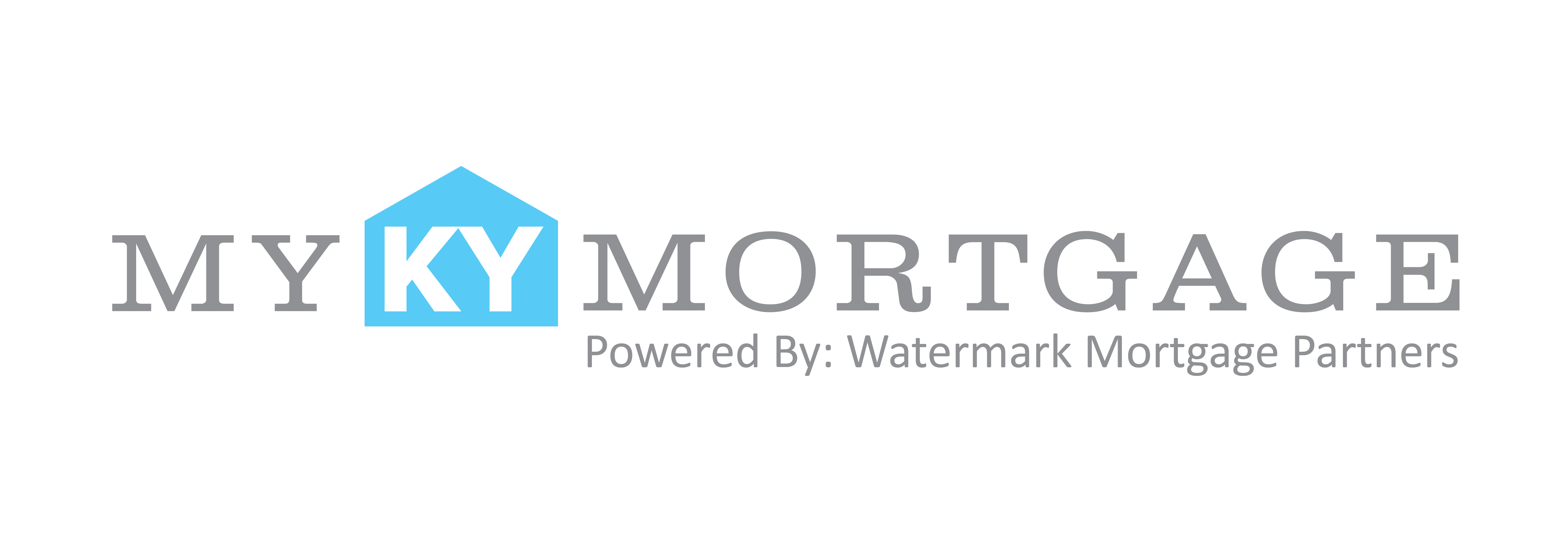If you recently purchased a home and are preparing to file your 2019 taxes, you’ll want to be aware of the tax breaks that came about as a result of the new Tax Cuts and Jobs Act that went into effect on Jan. 1, 2018. While there’s not much that has changed tax-wise since then, here’s a refresher course so you don’t miss any of the tax benefits that come with owning a house.
1. Mortgage interest
Although homeowners with a mortgage that went into effect before Dec. 15, 2017, can deduct interest on loans up to $1 million, those who acquired a home after that time can only deduct the interest on the first $750,000. That means those who have more recent mortgages will have greater tax savings because the first payments are almost all interest.
Note: The mortgage interest deduction is an itemized deduction. For it to work in your favor, all of your itemized deductions need to be greater than the new standard deduction, which the Tax Cuts and Jobs Act nearly doubled to $24,400 for a married couple. The deduction is $12,200 for individuals and $18,350 for heads of household.
If you’re a married couple who paid $20,000 in mortgage interest and $6,000 in state and local taxes, itemizing would work in your favor. You would exceed the standard deduction and be able to reduce your taxable income by an additional $2,000.
2. Property taxes
This deduction is capped at $10,000 for those married filing jointly, no matter how high the taxes are. That means taxpayers can take one $10,000 deduction.
Just note that this year, property taxes are on that itemized list of all of your deductions that must add up to more than the standard deduction ($24,000 for a married couple) to be worth your while. And remember that if you have a mortgage, your property taxes are built into your monthly payment.
3. Private mortgage insurance
If you put down less than 20 percent on your home, you’re probably paying private mortgage insurance (or PMI), which costs 0.3 percent to 1.15 percent of your home loan. The good news? You can deduct the interest on this insurance, thanks to the Mortgage Insurance Tax Deduction Act of 2019.
Also known as the Secure Act, it retroactively reinstated for 2018 and 2019 certain deductions and credits for homeowners (including the deduction for PMI). The PMI interest deduction also is an itemized deduction, but it might help push you over the $24,000 standard deduction if you can take it.
4. Energy efficiency upgrades
The Residential Energy Efficient Property Credit was a tax incentive for installing alternative energy upgrades in a home. Most of these tax credits expired after December 2016; however, the credits for solar electric and solar water heating equipment are available through Dec. 31, 2021. The Secure Act also retroactively reinstated a $500 deduction for certain qualified energy-efficient upgrades like exterior windows, doors, and insulation.
This is a credit, so you don’t have to worry about itemizing. However, the percentage of the credit varies based on the date of installation. For equipment installed between Jan. 1, 2017, and Dec. 31, 2019, 30 percent of the expenditures are eligible for the credit. That goes down to 26 percent for installation between Jan. 1 and Dec. 31, 2020, and then to 22 percent for installation between Jan. 1 and Dec. 31, 2021.
5. A home office
All self-employed people whose home office is the main place they work can deduct $5 per square foot (up to 300 square feet) of office space. That amounts to a maximum deduction of $1,500. However, there are strict rules on what constitutes a dedicated, fully deductible home office space. For example, you can’t take this deduction if you work from home occasionally but have an office to go to.
6. Home improvements to age in place
To get this break, these home improvements will need to exceed 7.5 percent of your adjusted gross income. So if you make $60,000, this deduction kicks in only on money spent over $4,500.
The cost of these improvements can result in a favorable tax break for many older homeowners who plan to age in place and add renovations, such as wheelchair ramps or grab bars in baths. Deductible improvements also might include widening doorways, lowering cabinets or electrical fixtures, and adding stairlifts. Note: You’ll need a letter from your doctor to prove these changes were medically necessary.
7. Interest on a home equity line of credit
If you have a home equity line of credit (or HELOC), the interest you pay on that loan only is deductible if that loan is used specifically to “buy, build or improve a property,” according to the IRS. That means you’ll save cash if your home is in dire need of a kitchen overhaul or half-bath, but you can’t use your home equity funds to pay for a wedding or college. Note: You only can deduct up to the $750,000 cap, and this is for the amount you pay in interest on your HELOC and mortgage combined.



